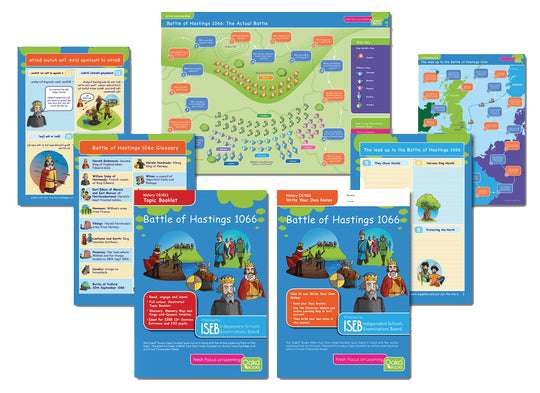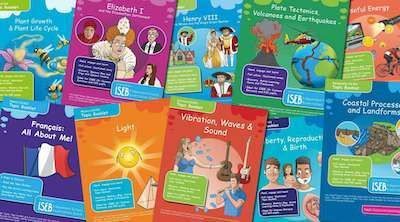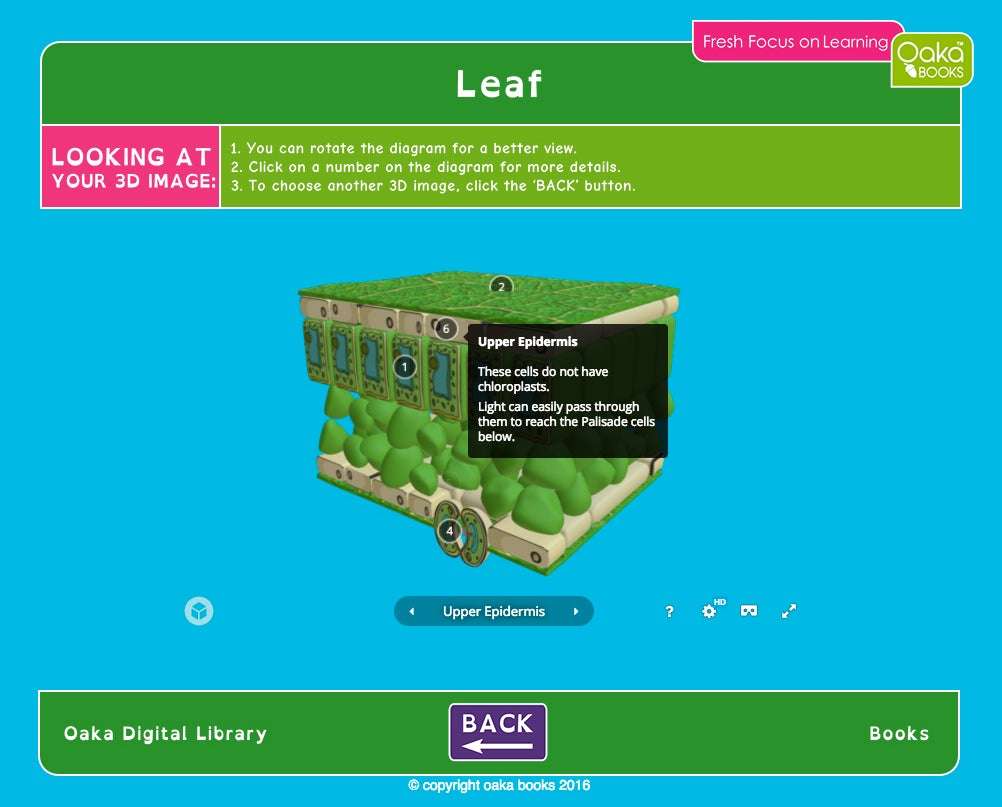Frequently Asked Questions
If you’re a teacher or a tutor, register for a teacher account where you can get volume discounts of up to 30% discount on all our printed products – and 30 days credit is available for UK schools.
Find OUt MoreOaka Learning Resources are ideal for any children who struggle with their reading or processing, find it hard to move information from their short term to their working memory or simply prefer to learn in a visual or more active way. They provide a different style of presentation for curriculum based topics so all the information in our packs is exactly what your child needs to learn, whatever their ability, just shown in an accessible format. In fact, we have plenty of scholar sets in schools who also use our packs for revision just because the children enjoy them and they provide a much quicker, more effective revision system.
Oaka is all about being active in your learning techniques and giving you the resources to use spaced repetition and memory recall techniques to embed information in your child or pupil’s long term memory.
There is no ‘one size fits all’ and we all learn using a variety of different methods. Our topic packs link images with information which is vital for visual learners. Kinesthetic learners like to learn by doing and so our Active Learning Maps are ideal for them. Quizzes encourage retrieval from memory, which is so often missing when pupils think they have learned something or ‘revised’ by writing out their notes! Using these different methods, develops stronger long term memory recall which is just what is needed during exams when stress can completely shut down memory ‘routes’.
Studies have shown that active learning is far more effective than just passively reading notes. Repeatedly revising the same information over a period of time rather than cramming also dramatically increases the retention of information.
- The Topic Booklets link images with key points and information.
- The Active Learning Maps or Games allow students to learn or revise ‘actively’ by answering questions and physically positioning characters.
- The Write Your Own Notes booklet provides students with a clearly laid out, organised template to write their own notes, once more accessing information in an active rather than passive way.
Dyslexia is a learning difference. It is the individual’s strengths and weaknesses which affect their ability to read, spell, and write. It can also affect their numeracy skills. Dyslexics may also have poor short term memory, have trouble sequencing and process information slowly. But, dyslexics are not stupid. They need to access and process the same information as their non-dyslexic peers. And they can do this, given the right tools. Oaka resources make the information accessible to all.
A dyslexic child may well appear slow, clumsy, lazy, disinterested or disruptive at school. Any of these signals should be investigated. Our daughter did cartwheels around the classroom during story time at nursery and would not read any books. It turned out that she wasn’t naughty; she was quite deaf and dyslexic.
Signs of possible dyslexia include:
- difficulty with spelling and reading
- putting letters and numbers the wrong way round
- trouble remembering tables, the alphabet
- confusing words like on/no, letters like b/d
- trouble understanding what he or she has read
- is easily distracted
- taking longer than others to do work
- difficulty dressing or tying laces
- poor sense of direction
Some parents are concerned about ‘labelling’ their child. This is a very personal opinion but I will give it anyway. The relief in my daughter was tangible when she was diagnosed as dyslexic. She realised she was not just ‘dumb’ and that was a huge step for her. None of us wants there to be anything ‘wrong’ with our children but dyslexia isn’t something that is wrong, it is something that makes them what they are. Having your child assessed is the first step to being able to help them be the best that they can be and that just might be something amazing! Many of the most successful, creative, incredible people in the world are dyslexic.
Firstly, don’t wait for your school to say there is a problem. You are the one who knows your child best. If you think there may an issue, then a good first port of call is to discuss this with your child’s teacher or make an appointment with the SENCO (Special Educational Needs Co-ordinator) at your child’s school. Most schools are very helpful but if this is not the case there are many organisations that are able to give you the advice you need.
If you are not happy with the advice given, please don’t just accept it. There is much research to suggest that children who are given appropriate help in the first two years of school will make huge strides, so don’t waste any time if you are worried. There is no-one more concerned about your child’s future than you.
There are a number of useful organisations you can contact including:




